This article was last updated on: March 2020
CARGO IN PASSENGER AIRPLANES?
OF COURSE!
Before beginning I must clarify that I don’t work for any of the companies that will be named next, I don’t have any particular reason for defending them, and I don’t have anything to do with the Aerocivil (the Colombian CAA) or any other Colombian government entity, and I have even fewer reasons to defend those.
——
At the moment of writing this (between March 28th and March 30th 2020) we’re in quarantine in Colombia because of the COVID-19, and on top of that regular passenger flights, domestic and international, are suspended.
Nonetheless, cargo flights, as well as repatriation (with previous authorisation), humanitarian, medical and government flights are not restricted, and the airspace is still open (there are many Airplanes that fly over Colombia that have origin and destination places outside the country).
In that context, there have been some statements recently from some people in the Aerocivil union regarding some repatriation flights that took place in the recent past days, and regarding some cargo flights during the same period.
I’m not going to link to any of those statements because there needs to be social distancing from such virus-y statements (if you want to get sick while reading that there’s always search engines).
In said statements, there was a pair of very naïve or disingenuous (or both) affirmations that I want to address here. Surprising coming from people who are supposed to know about Aviation.
On the same vein, those affirmations are being disseminated by some media outlets that don’t feel they should verify what they publish, and for a load of people in social media that behaves just like that, and it’s getting on my nerves.
One of the affirmations is that a cargo-only flight that Avianca made between Bogotá and New York is “suspicious” because it was made on a passenger Boeing 787-8, and according to those people, that Airplane “is not suitable for cargo transportation”.
I’m going to briefly explain to you why that Airplane IS suitable for cargo transportation indeed.
In the market of Airplane-transported cargo there usually are two types of Airplanes fully dedicated to that job. First come the Airplanes designed in the factory from scratch to be freighters.
These Airplanes are usually the same ones that transport passengers, but obviously they lack seats, windows, they have special doors for loading the cargo, and some models have other modifications compared to their passenger-carrying peers.
For example, the freighter Airbus A330 has a little “bump” on the main nose gear so the Airplane is totally level horizontally and can be easily loaded, since the passenger version “looks down” a bit when on the ground.
Look at the photos below for illustration on that matter.
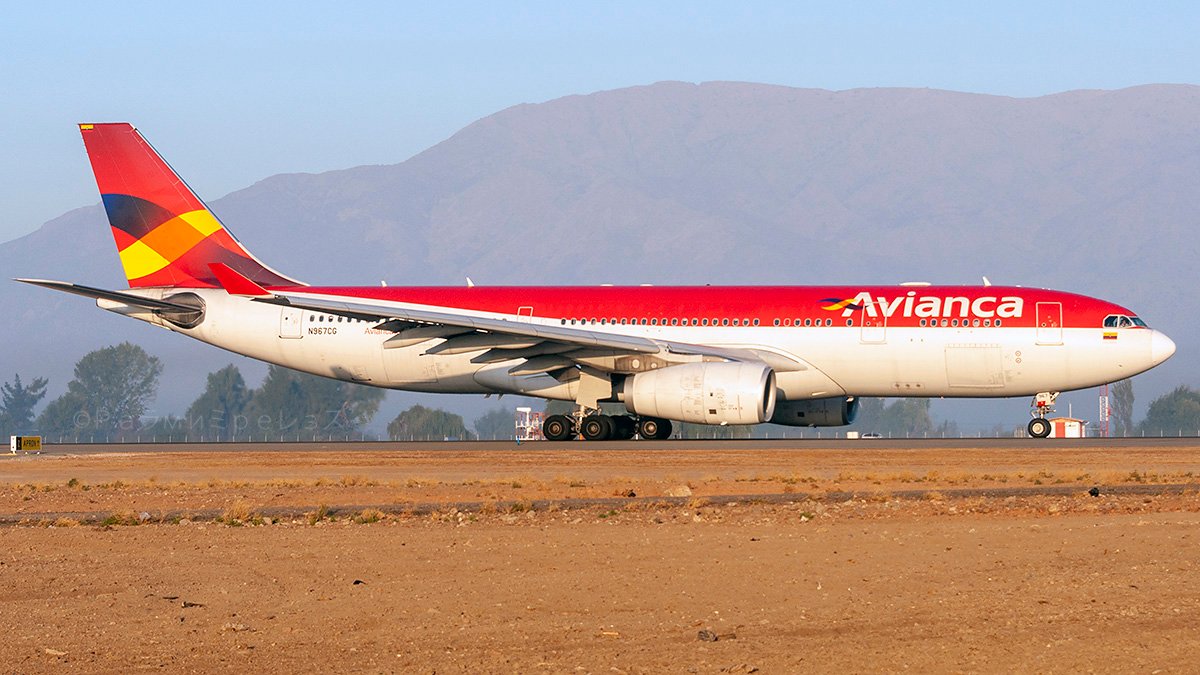
Ramírez.
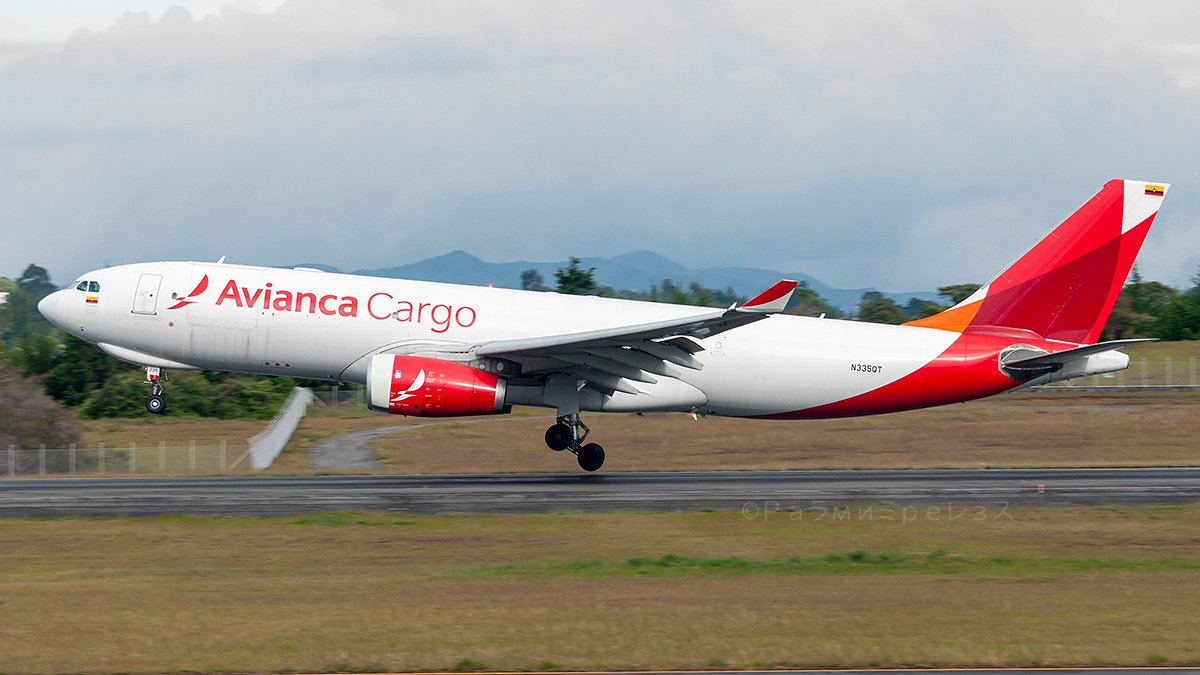
Ramírez.
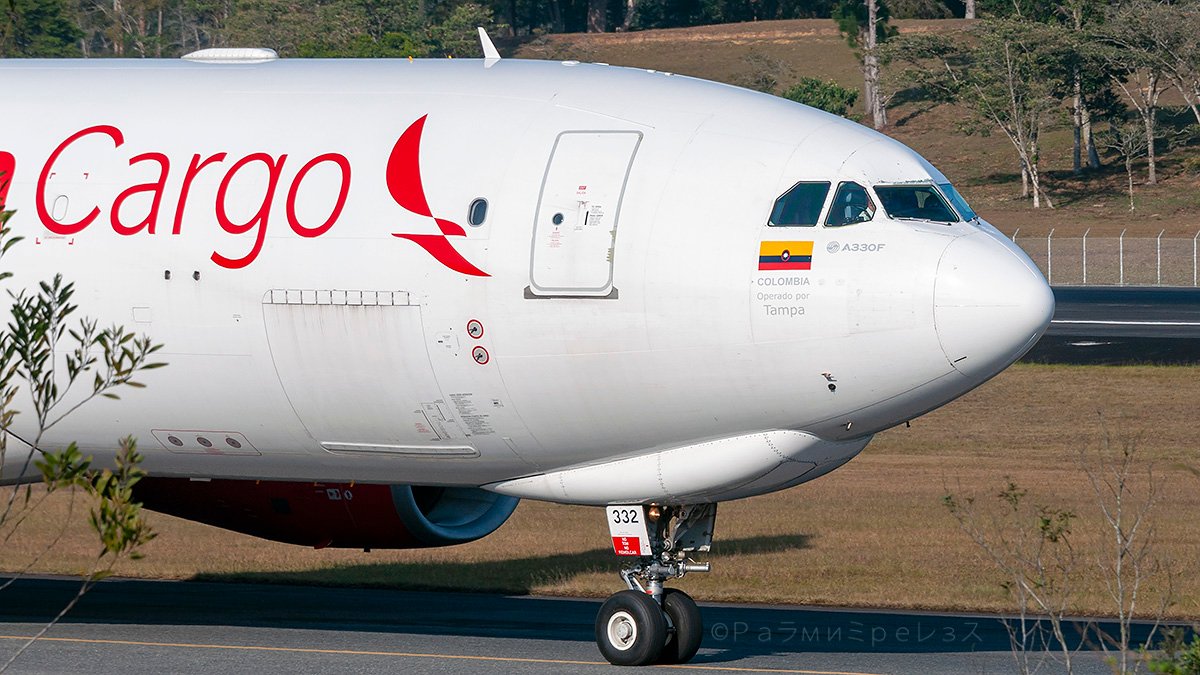
Ramírez.
The Boeing 747-400pure freighter has a much smaller “hump” than its passenger-carrying peer, since it won’t carry any passengers or be able to take any freight in that second floor, so it’s made way smaller for the Airplane to be less heavy, and for it to be more efficient as a result.
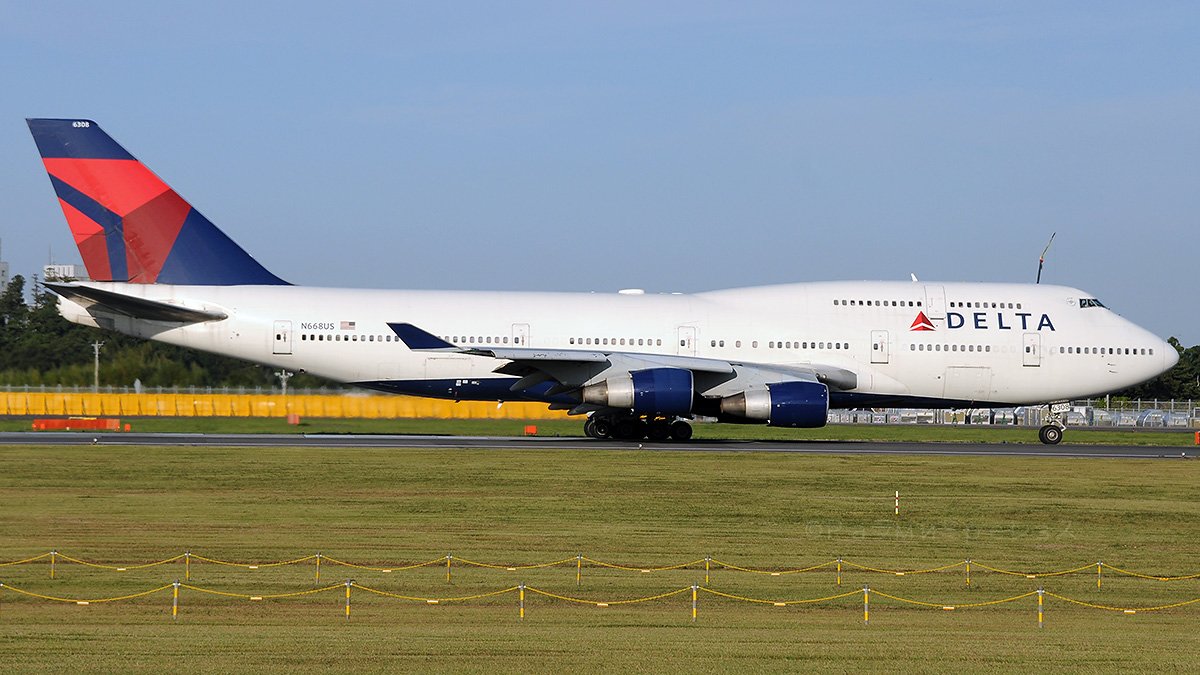
Ramírez.
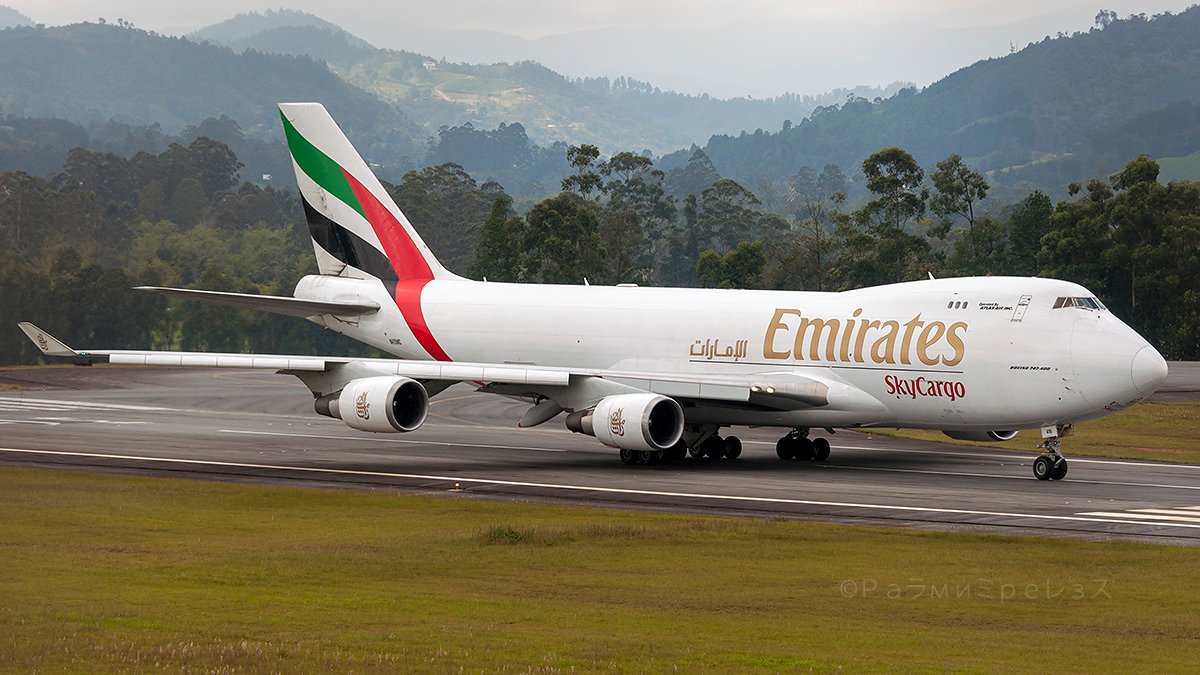
Ramírez.
There also exist Airplanes that were born as passenger-carrying, and were converted to freighters later on. These Airplanes usually have their seats removed, have cargo restraining systems adapted in place, have their windows blocked (but their contour can still be seen from outside), and have doors specific for cargo loading adapted as well.
So, for example, at times you can see freighter Boeing 747-400s that have a big “hump” (and for this reason the Airplane is heavier and won’t be able to carry as much payload), and other things of the sort.
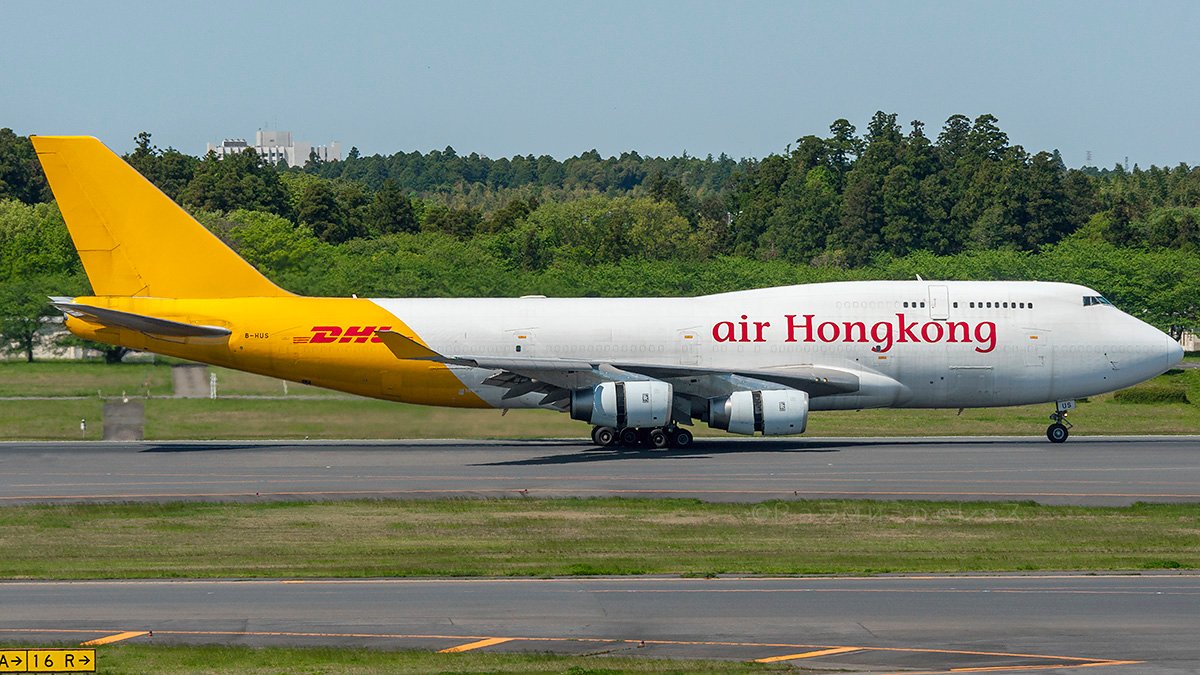
Ramírez.
Why do these converted Airplanes exist? Basically because for some companies under certain circumstances it makes much financial sense to get one of these Airplanes instead of a brand new factory made pure freighter. They may have a little less cargo-carrying capacity, but this is offset by their acquisition cost.
And that just talking about two models, because there are many more.
So, until here comes the part of the Airplanes that are pure freighters, dedicated exclusively to that job, and that aren’t designed to carry any passenger.
There are also “combi” Airplanes, half freighters and half passenger-carrying, but I won’t write about those at this time.
That’s talking about the exclusively freight-carrying operation. Now, cargo transported by air can also be carried, and is carried, by passenger-carrying Airplanes.
How and why is this done? Well, it’s pretty much standardised, and it’s nothing from another planet.
The first reason is of course business. Many times the difference between a normal passenger route being profitable or not lies in the additional revenue that comes from the cargo transportation on that route.
There are services such as Deprisa Aeropuerto, in which you take an urgent cargo shipment to the Airport, and Deprisa sends it on the next available Avianca passenger flight leaving for the destination city. There, the addressee picks it up in the Airport, and in that way one can have a delivery in less than three hours if things go well.
That’s just an example.
Now, technically wise it’s something standard and simple too. The checked baggage of passengers is loaded for transportation in the belly (the lower part) of Airplanes.
But this belly has a determined geometric shape, and this determined shape is compatible with a ULD.
A ULD is basically a container made to comply with all the resistance and safety rules required in Aviation, that “fits” perfectly with the belly of a determined Airplane model, like Tetris. They also come in another presentation called “pallet”.
In the remaining available space and weight after the baggage is loaded (if there is any, because at times it doesn’t happen) those ULDs are loaded in the Airplane belly, full of cargo, even though it’s just a simple passenger-carrying flight.
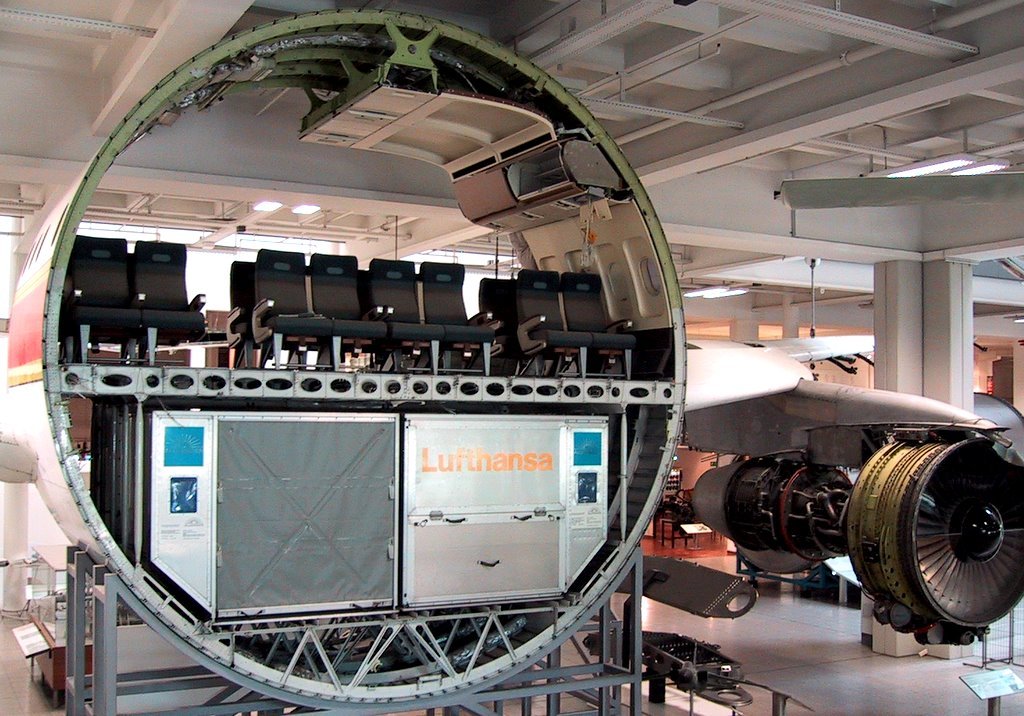
Aviir.
It’s a VERY common and frequent operation. It’s quite likely that you had some ULDs with cargo alongside your checked suitcase in the last passenger flight you took.
Of course, Avianca’s passenger-carrying Boeing 787-8 has compatible ULDs with the shape of its belly, hence being SUITABLE for cargo transportation since its very design phase. Indeed, it does that on the majority of its passenger-carrying flights.
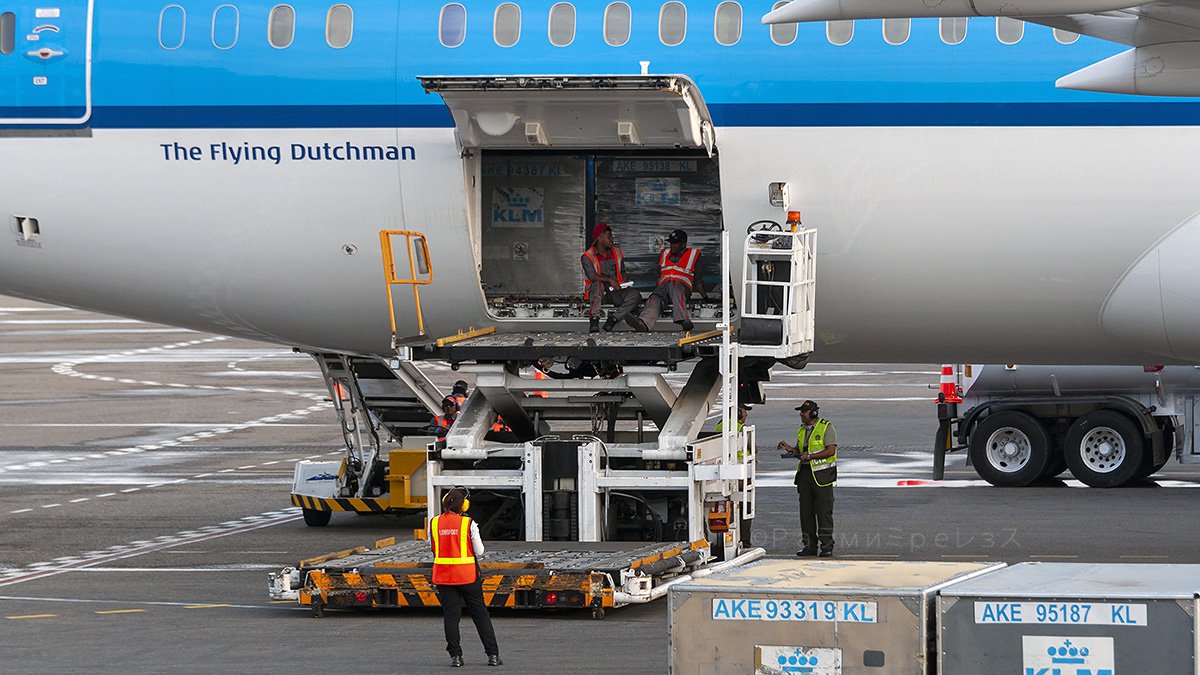
Ramírez.
Now, imagine the whole belly is available because there is no passenger given the current situation. That means the whooooooole belly can be loaded with ULDs because there’s no baggage at all.
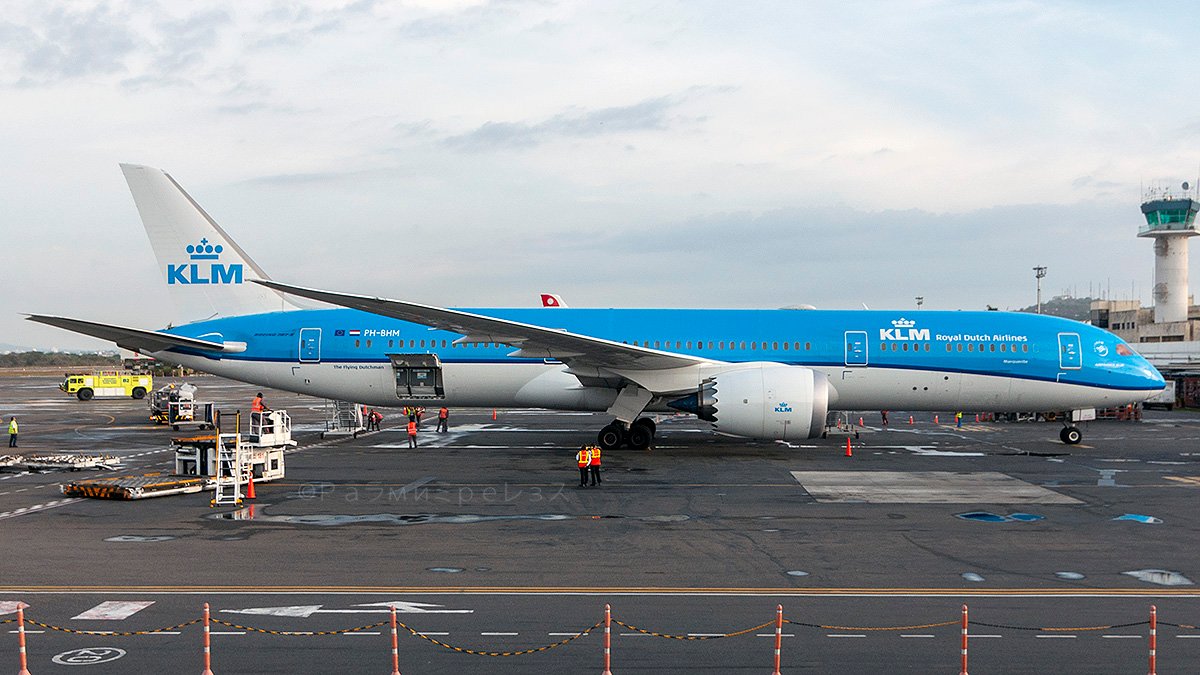
Ramírez.
And that’s no small feat on a modern Airplane with good performance such as the Boeing 787-8. It’s a lot of cargo, even though it may not be as much as what a dedicated freighter could carry.
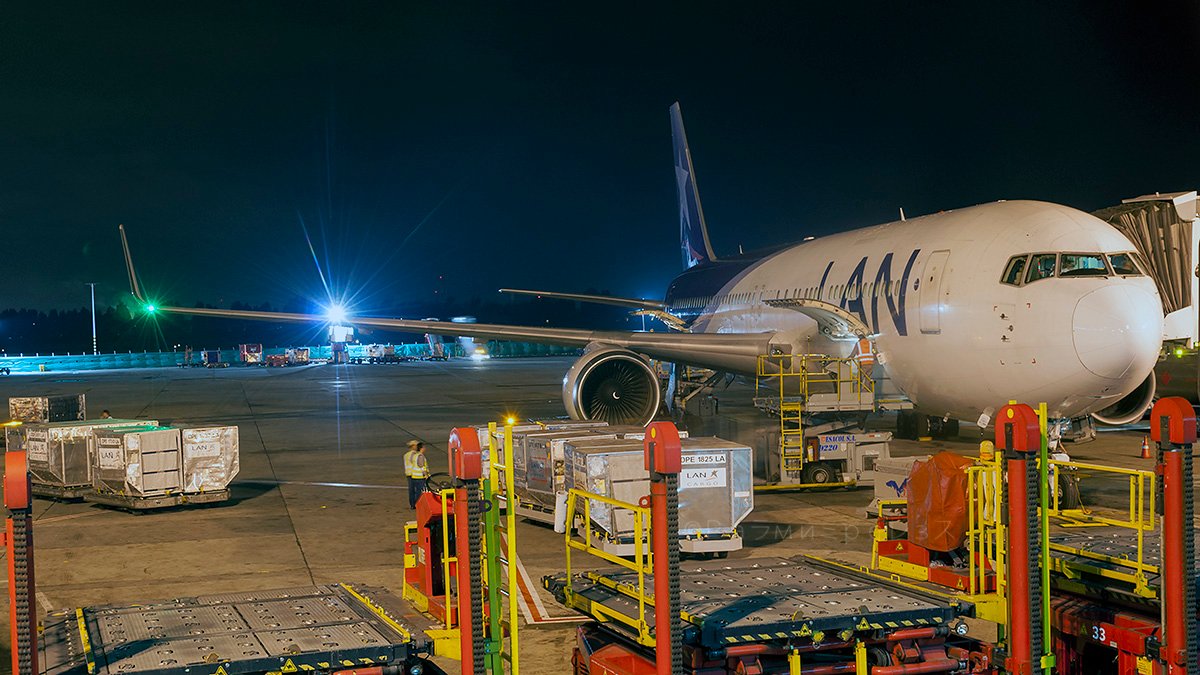
Ramírez.
And what about the dedicated freighters then? Well, they’re still flying! They’re flying more than ever.
In particular, Avianca has six Airbus A330F pure freighter Airplanes (operated by Tampa Cargo, photos above).
If they concluded that it was justified to make an additional cargo flight on a passenger-carrying Airplane is because there is enough cargo to warrant that.
And thanks for that, because any additional operation they can make will help them weather the terrible financial pressure they’re facing now, along with the rest of airlines worldwide.
And it’s just logical, all the cargo that’s usually transported in normal passenger-carrying flights as explained must be piling up, since most of those flights are stopped.
On top of that, there are special import/export needs vis-à-vis the COVID-19, such as medicines, medical equipment, and other supplies to fight it.
So, most passenger-carrying Airplanes ARE suitable for cargo transportation. Avianca’s Boeing 787-8 IS suitable for cargo transportation, and the airlines used it (and maybe will use it again) given the circumstances, given there was cargo that needed to be transported, and given the fact that their own pure freighter Airplanes are being used to their fullest.
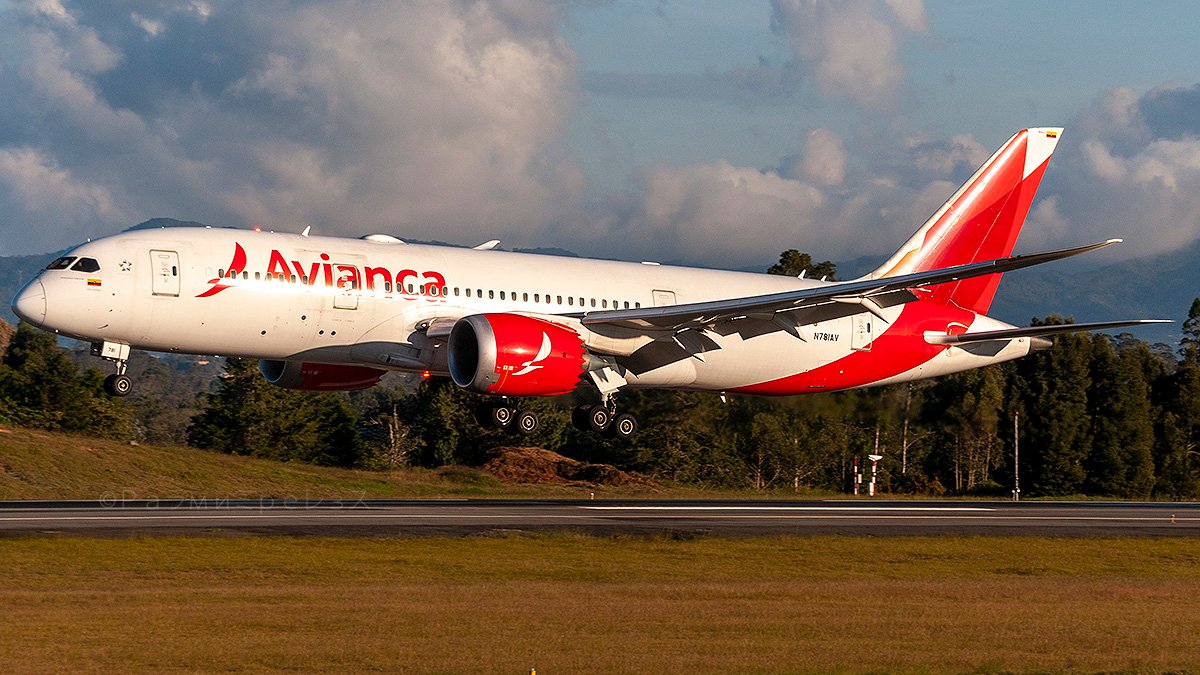
Ramírez.
Granted, it’s not there when they’re the most efficient, since they’re configured to transport passengers, but it’s no small quantity of cargo they can carry either.
It’s true that it’s not common for a passenger-carrying Airplane to fly only with cargo, but these are not common times.
That said, it’s a legal operation, allowed technically and by the existing regulations, and it’s not something they invented out of the blue.
I’m first to not trust the government institutions in country like Colombia. But context and common sense can’t be lost. As they say, one thing is one thing, and another thing is another thing.
They also said the Airplane was loaded at the passengers international pier, and not at the cargo terminal.
I wasn’t there, but Avianca released a press report and made a social networks post about that flight.
In one of the photos of said post it can be seen the Airplane is at the E14 parking spot.

Avianca.
If we refer to the Bogotá Airport chart, it can clearly be seen that said parking spot belongs to the INTERNATIONAL CARGO APRON, not the international passengers pier. All normal.

Jeppesen.
If the above situation is correct (and it seems correct), that statement they made would be a lie, outright bollocks.
The Airplane would have been loaded at the cargo terminal normally, like any other freighter.
But, what if it would have been loaded at the international passengers pier as they said? Well, as I said, the Airplane was loaded with cargo only in its belly.
No special tool is needed to load only the belly of the Airplane, it can be done with what’s available in the passenger flights gates. In the end, it’s something they do on most flights.
And to reach the Airplane you need to make it through immigration, police, customs, and what have you. I don’t think there’s anyone “sneaking through” in hiding, not even in a country as corrupt as this.
Who’d benefit from that?
The thing about the place the Airplane was loaded at seems sincerely irrelevant to me. For all that, I once boarded a passenger flight from Bogotá to Medellín at the cargo ramp of Eldorado.
There are other airlines that are doing the same, and they’re carrying the cargo EVEN on top of the passenger seats and the carry-on baggage compartments, in addition to ULDs in the belly.
For example, Austrian Airlines and Lufthansa have flown passenger-carrying Airplanes full of cargo to fight the COVID-19 even on the seats (in addition to the ULDs in the belly) from China, as you will see in the photos below.
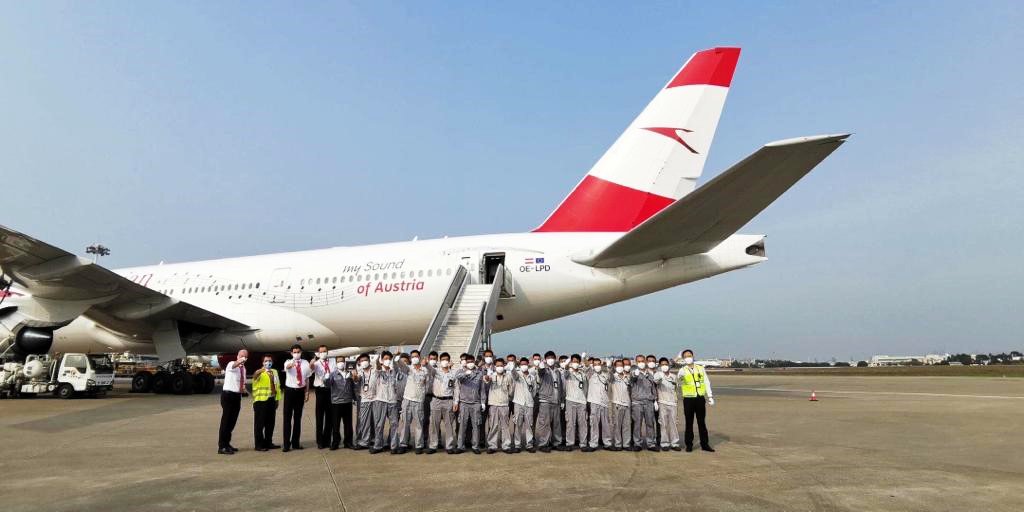
Lufthansa Group.
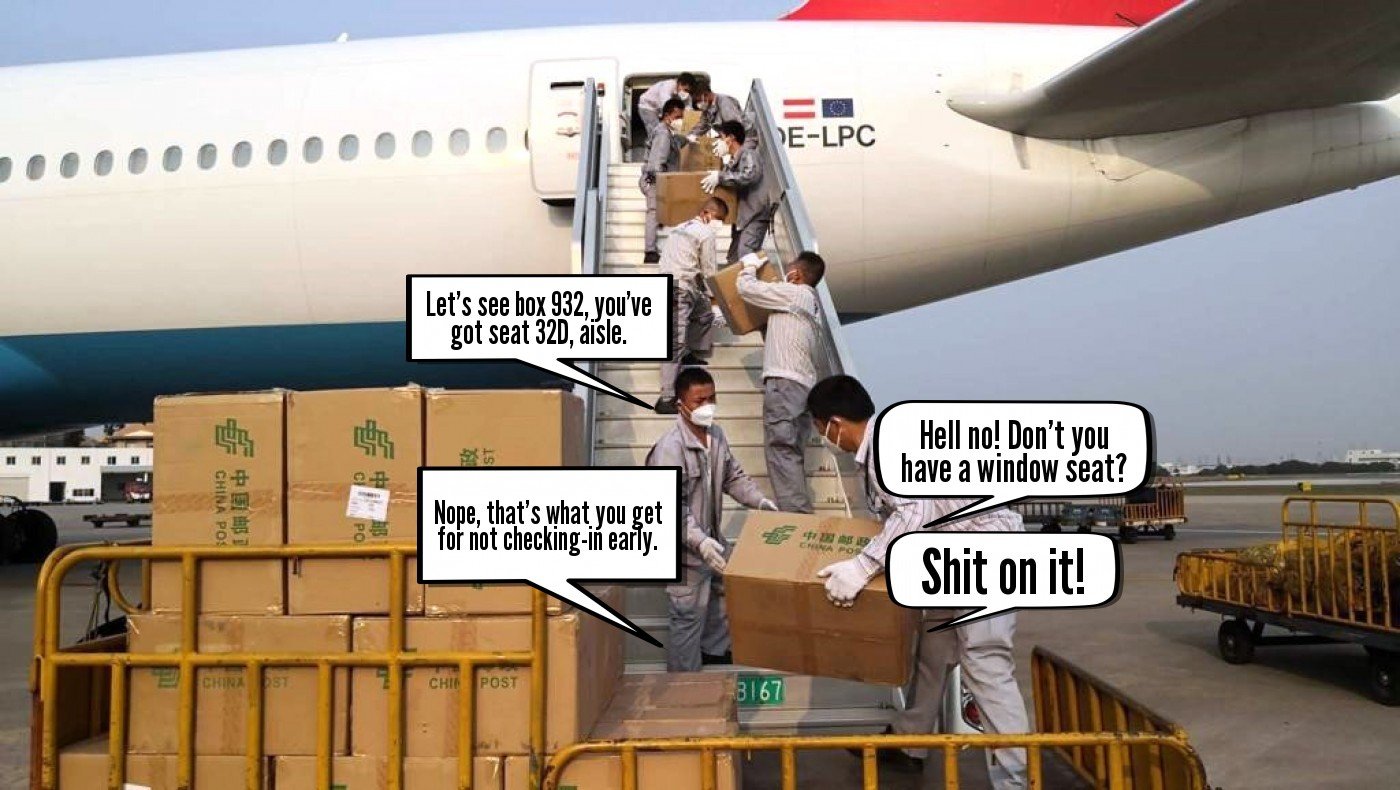
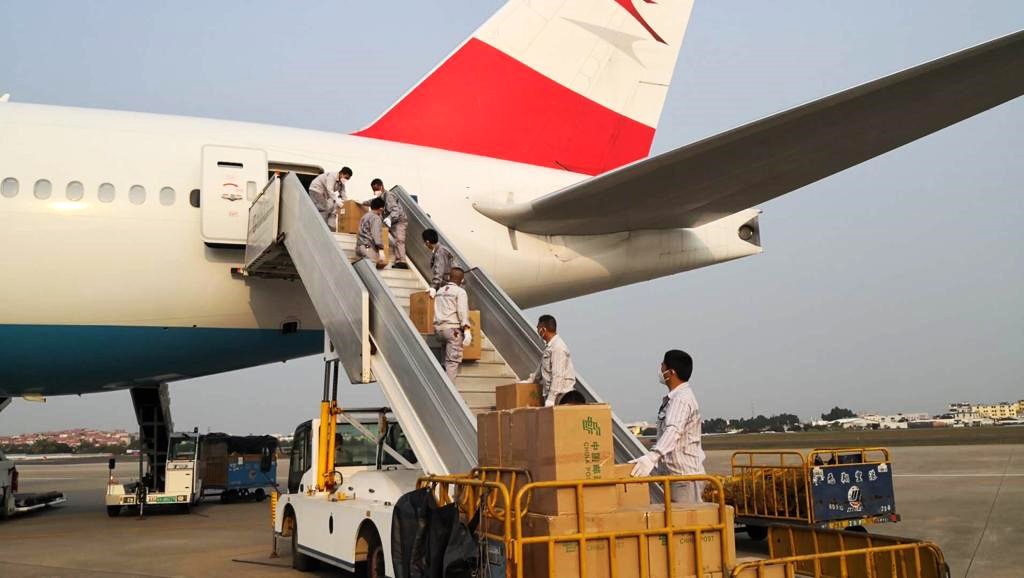
Lufthansa Group.
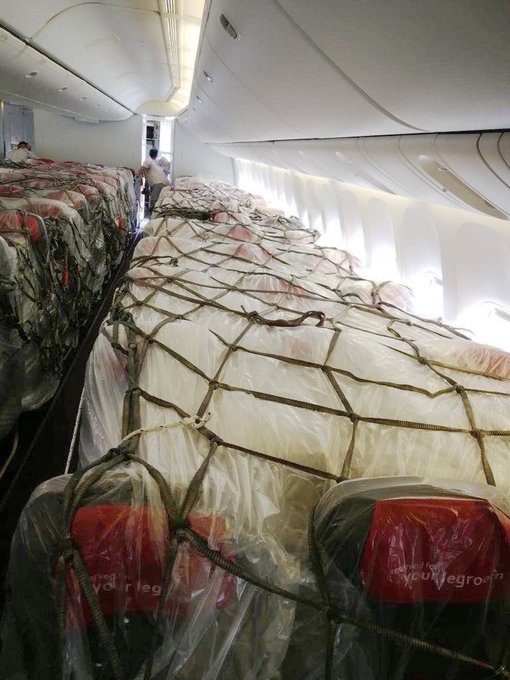
Lufthansa Group.
This isn’t something new either, it’s specified in the aeronautical regulations. For example, the regulations in the United States have this:
Every country has its own regulations about it, and more often than not they’re just a copy of the United States ones.
What does it say there? Among many other things, basically that it is allowed to carry cargo on the passenger seats so long as it’s well tied, so long as it supports the expected flight movements without leaving its place (turbulence and whatnot), so long as it doesn’t go beyond the weight the seats can support, and so long as it doesn’t block the emergency exits nor the aisles.
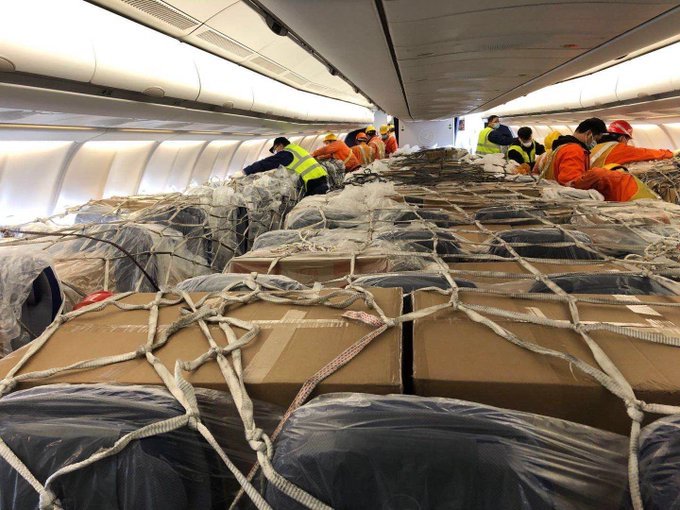
Lufthansa Group.
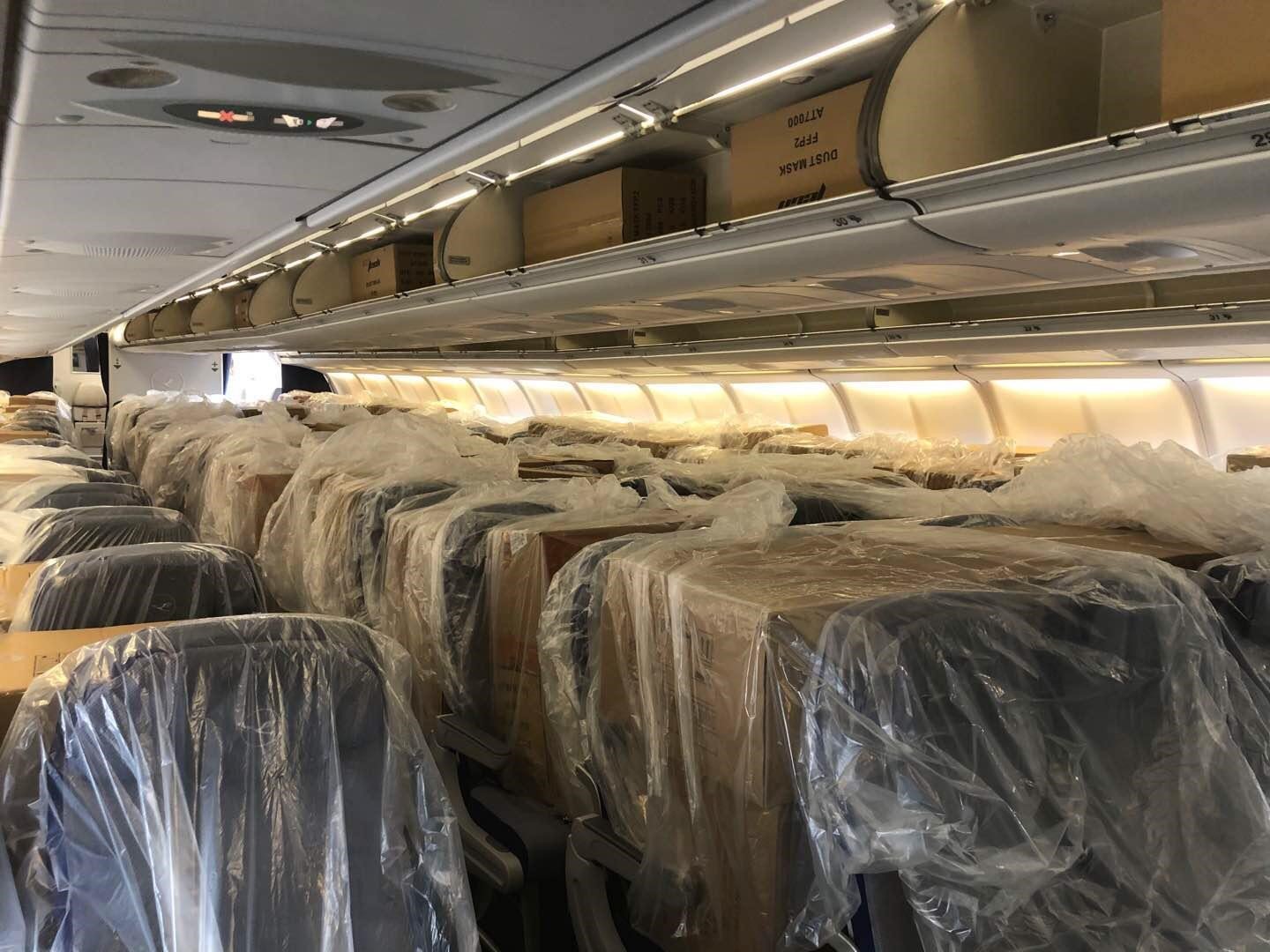
Lufthansa Group.
Technically speaking, you could get on a normal passenger-carrying flight, and have cargo on the two seats in front of you, so long as it complied with what’s mandated in the regulations. It’d even be cool, cargo doesn’t recline when your knees don’t even fit as it is.
Again, that doesn’t normally happen. But again, these are not normal times.
There are airlines such as Avianca that have pure freighter Airplanes, and passenger-carrying Airplanes. Those airlines that have both things take advantage of the capacity of their passenger-carrying Airplanes for their cargo business as well.
Even more so, there are passenger airlines that don’t have one single pure freighter Airplane, but have important revenue just from transporting cargo in the bellies of their passenger-carrying Airplanes.
Among many, American Airlines could be an example of this. They even have a separate website for their cargo business, cargo that they transport only in the bellies of their passenger-carrying Airplanes since they don’t have a single pure freighter Airplanes, as I was saying.
Some of the airlines that operate both things even show these capacities on their websites. Next I’ll leave two links about it, specifically on Boeing 787 Airplanes just like Avianca’s (the Boeing 787 doesn’t have a pure freighter version yet).
LATAM Cargo. (If you browse the website you’ll see some of the Airplane’s models end in “P”, meaning “passenger-carrying”).
ANA – All Nippon Airways Cargo.
——–
The second statement I read is that some of the flights that brought or took away people are suspicious because according to these people, “they weren’t free, and humanitarian flights are free”.
What needs to be said first about that is that domestic and international regular passenger flights were totally cancelled, and that’s being complied with fully.
To be clear -and I feel very awkward defending something from a government with which I don’t agree all- there has been NO deceit in the scope of what they announced was going to be done.
One can have an own opinion and position regarding anything in life, but can’t have one’s own facts. Facts are facts, they’re what they are regardless of anything.
What they said was going to be restricted has been restricted indeed. There hasn’t been something they said was going to be restricted, and then suddenly stopped restricting surreptitiously “by magic”, and with the back turned towards the public.
The exceptions were clear, and there were ALWAYS going to be these kinds of flights from the get go.
It’s a whole different matter altogether that some people didn’t understand how it was going to be, and thought they discovered a huge arse conspiracy because they have FlightRadar24.
If you’re suspicious, I invite you to try to buy a ticket in Avianca, LATAM, Copa, or your favourite, in the dates of the closure, and see if they will sell it.
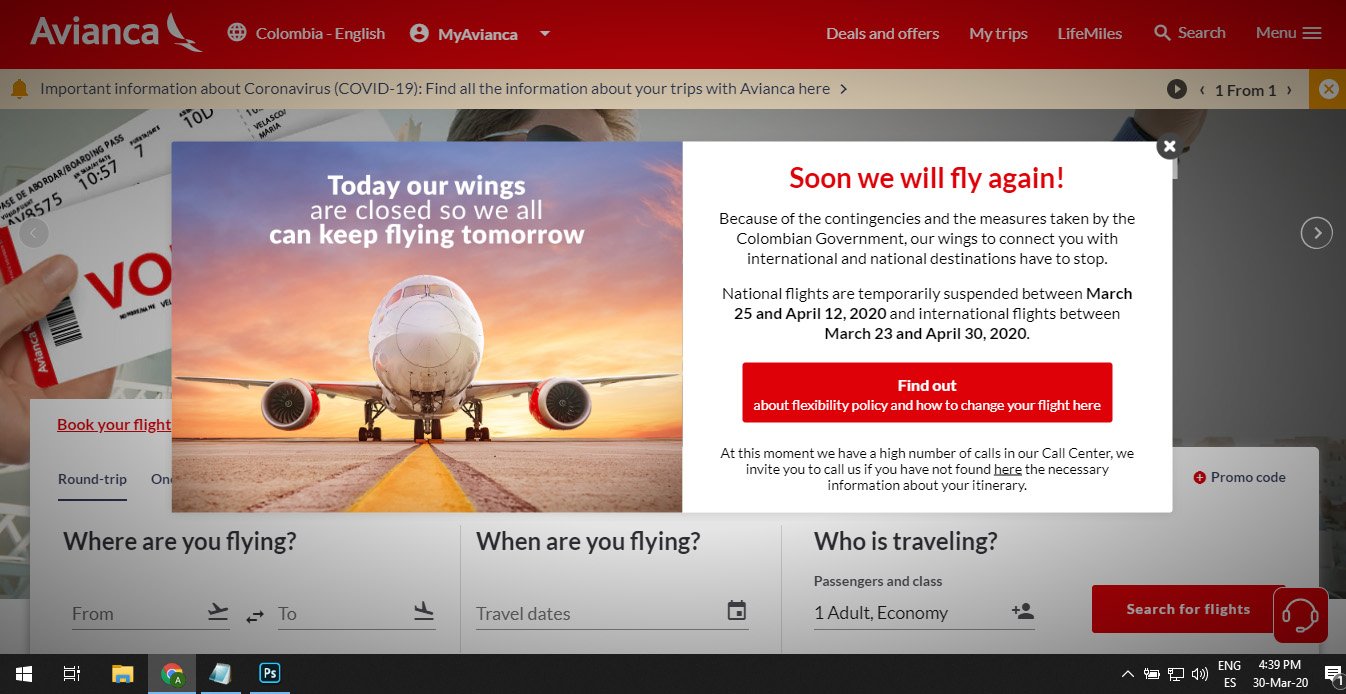
Ramírez.
Now, the airspace WASN’T closed (and won’t be). Airports are technically working as they always have, and that’s the right choice.
And it happens that there are lots of foreign people stranded in Colombia (and Colombians in other countries too).
What’s being done about it?
Governments are doing agreements to allow for flights to rescue these people to operate, on an exception basis. And that -the exceptional nature- is what’s “humanitarian” about the whole thing.
Basically they’re communicating through diplomatic channels (embassies), and a country says:
-“Dude I know all flights are cancelled, but I have a lot of citizens of mine stranded in your country, so please make an exception to get them out of there pretty please, we already have an airline set up for the task and all that, and we need your authorisation”.
And the second country says:
-“Alright, deal. Let’s do the operation in this schedule, with these logistics, I will send notice to the people in my Airport, because I’m SUPER HUMANITARIAN, and I allow it on an exception basis”.
And the first one:
-“I love you”.
And the second one:
-“No, you hang up silly”.
And likewise on the opposite sense.
Perhaps that word is being used on a very broad sense, because in general the word “humanitarian” is associated with an earthquake, landslide, flood, or something like that. And in that context, the word is associated with a dramatic rescue by the country’s military.
That kind of rescues are usually free for the rescued person (taxes have to be worth for something).
But in the current situation airlines are being used, mostly private companies, private and subject to a never-before-seen financial pressure.
Perhaps I’d call it a “repatriation” or “evacuation” flight, so its description didn’t have such a broad and easy to distort sense, and so they couldn’t use petty things (very much Colombian style) to cast doubts over the nature of the operation, as we have seen.
Many of those flights are being made with a previous survey by the embassies to see how many passengers would there be, and hence how much would the ticket cost. And there’s been all sorts of transactions.
From flights being paid fully by the passengers, passing through flights that are partially paid by the passengers and partially paid by their government, all the way to flights that have been free to the passengers because a third-party has financed them, or their own government.
But all of them, without exception, have been flights arranged beforehand government to government, with exceptional nature (not a regular flight, those are all cancelled), starting by the work of the embassies, and with strict control regarding schedules, passengers, cargo, origins, and destinations.
For example, here’s the Twitter announcement of the United Kingdom ambassador in Colombia, Colin Martin-Reynolds, in which he says he was able to arrange a repatriation flight between Bogotá and London, that will be operated by Avianca, and that the airline will get in touch with those interested to sort the payment (it wasn’t free, except for those that had a ticket on that route before on one of the cancelled regular flights).
Ambassador’s Twitter announcement.
Is that very suspicious?
There hasn’t been one single of those flights in which its origin, destination, who’s in, and in which conditions, are unknown things.
Most of the flights of that nature that I’ve seen since the official cancellation of regular flights up until now, have been flights that have come to repatriate people stranded in Colombia.
Those flights usually come in empty Airplanes, as most of the flights have been for getting people out. The crew arrives on the Airplane and remains there, or is processed some other way.
Passengers board later on, according to the procedure undertaken by the embassy of the country (sometimes the embassy sends its personnel all the way to the Airport to arrange everything), and the Airplane departs as soon as it’s ready.
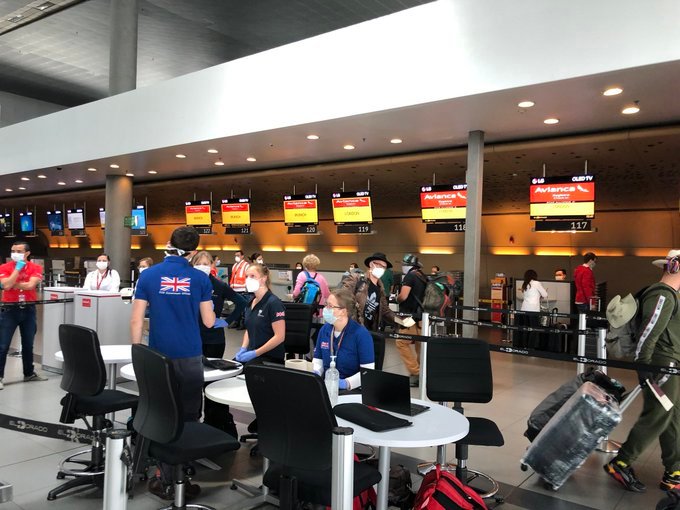
UK in Colombia.
Granted, when a flight arranged under those circumstances brings Colombian people stranded abroad it won’t come empty, and those people will have to be processed somehow.
People have a right to return to their own country, even if they’re infected (and not all the people in those flights is infected, by the way). And how they’re managed after landing so they don’t infect more people or make things worse is not a matter for the Aviation authorities.
But back to what I was saying, it’s a private Airplane, from a private company (an airline), and that costs money. How much do you think it costs to bring an empty Airbus A340-600 all the way from Madrid?
That cost must be paid somehow, and the cut that a passenger that’s being repatriated must pay will depend on his/her luck, and of the government or third parties that person behind.
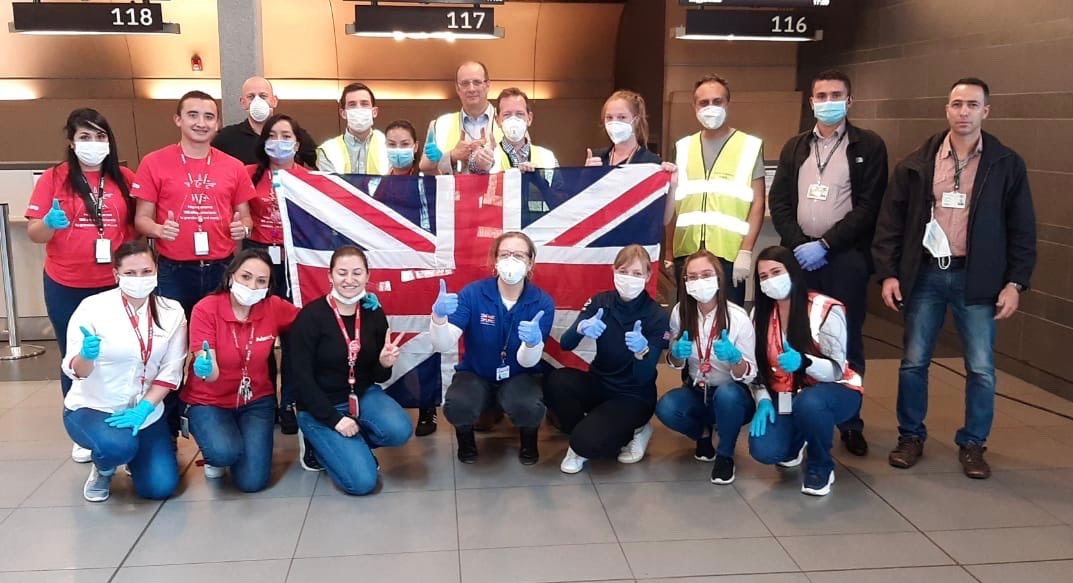
UK in Colombia.
That operation ISN’T weird, nor “suspicious” because of not being totally free, nor is it breaking any of the restrictions in place.
Precisely, those restrictions contemplate some exceptions, among them, the kind of flights that are happening.
In the same way the personal quarantine we’re having in Colombia now contemplates the exception of being able to go out for grocery or medicine shopping.
Are we very suspicious because we go out grocery or medicine shopping using a lawful exception in the context we’re at?
Another example:
There was another flight to repatriate Israelis. An El-Al Boeing 787-9 flew 14 hours nonstop from Tel Aviv to Bogotá, picked up the stranded people, and departed for Tel Aviv right away for yet another 14 hours flying.
The flight was announced beforehand in the website of the Israel embassy in Colombia, the announcement is in Hebrew, but Google Translate is your friend. It’s clearly seen they provide a number to sort things with the airline, or through travel agents.
How much did they repatriated passengers have to pay? What I read is that they paid a reasonable sum, and the Israeli government paid what remained to cover the cost of the flight.
They made the same operation in Peru days before, but there was much more people there, and they sent four Airplanes. I read somewhere it was free for the passengers because some businessmen financed that operation. I don’t know that for a fact.
Even the Israeli press published an article about it.
And on the social networks of the Israel embassy in Colombia.
And like that, there have been other flights to other countries, some of Air France to Paris, some of KLM to Amsterdam, Iberia to Madrid too, one of Amaszonas (a Bolivian airline) that operated between Antofagasta (Chile) and Bogotá, another one of Edelweiss to Zürich, Lufthansa to Frankfurt, and I’m sure there will be more.
Is all that suspicious? Not one iota. Not irregular, not illegal. And depending on the interpretation of the word, they could indeed be humanitarian, despite not being totally free.
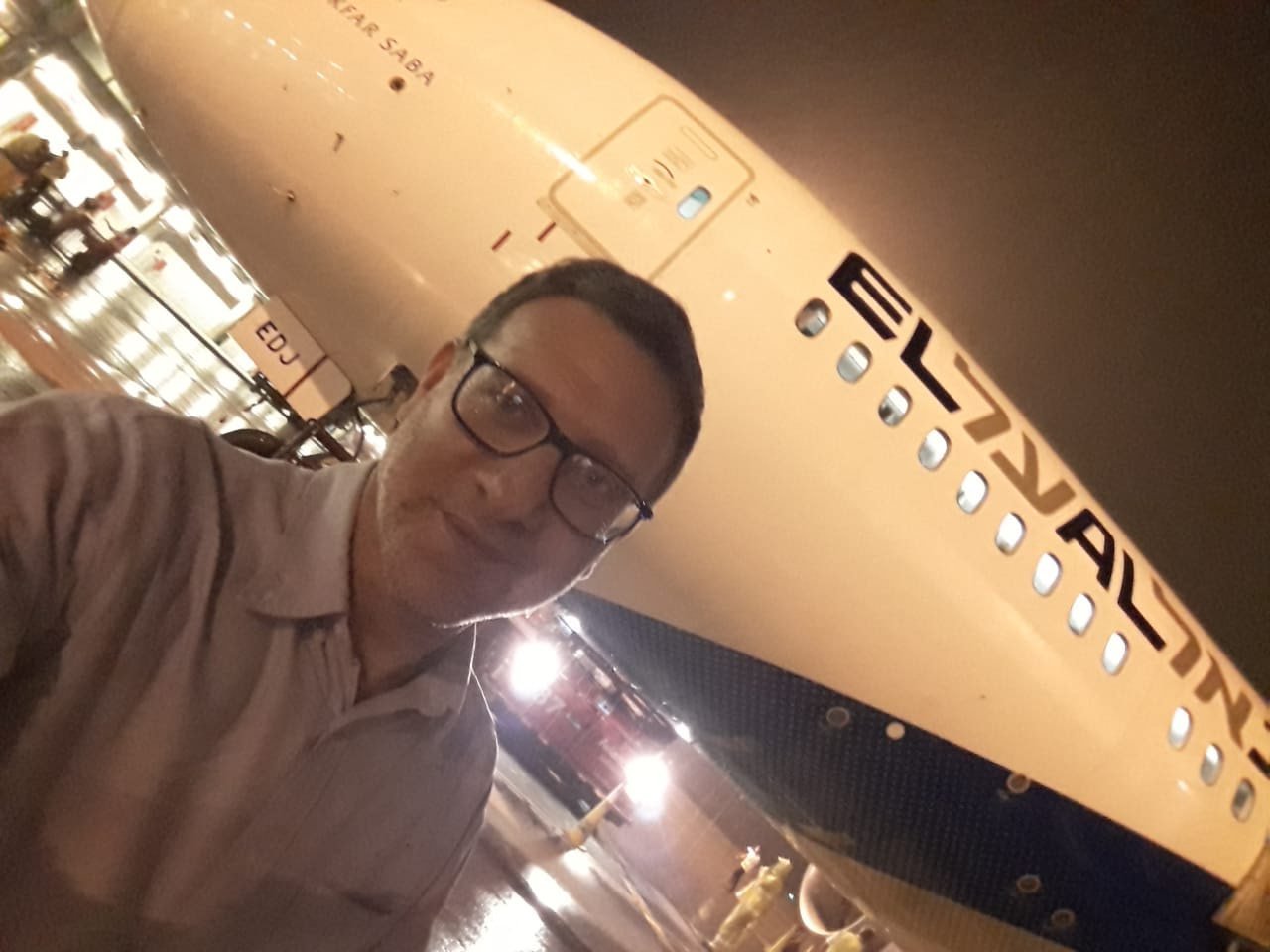
Israel in Colombia.
I find it dumbfounding that people who in theory should know about these things, such as the people of the Aerocivil union that made those statements, should say something like what they said, and misinform like that.
Even graver in a country such as Colombia, where they don’t believe in COVID-19 or in mathematics, but they believe in atheistic castrochavismo, or a virgin Mary that appears on an arepa.
I don’t know what other vested interests could be there, nor will I lose any sleep thinking about that.
But I do want to try to clarify the situation a little, say that I don’t see anything suspicious in those things (and explain why I think that), and that even in a country as corrupt as Colombia I don’t see anyone standing to gain anything at all by stomping over the current restrictions. Assuming they could, because it wouldn’t be easy at all.
I also want to be a counterpart to so many people who is just spreading disingenuous or naïve information (or both) with such confidence, despite not knowing anything about what they’re talking.
Aviation is one of humankind’s marvels, the constant demonising of it for any little thing has to stop.
It’s a good practice not to have the head full of conspiracy theories in general. But at this time, more than ever, even before the pandemic, Aviation has become the easiest target to use as scapegoat for just about anything, and that isn’t correct and has to stop.